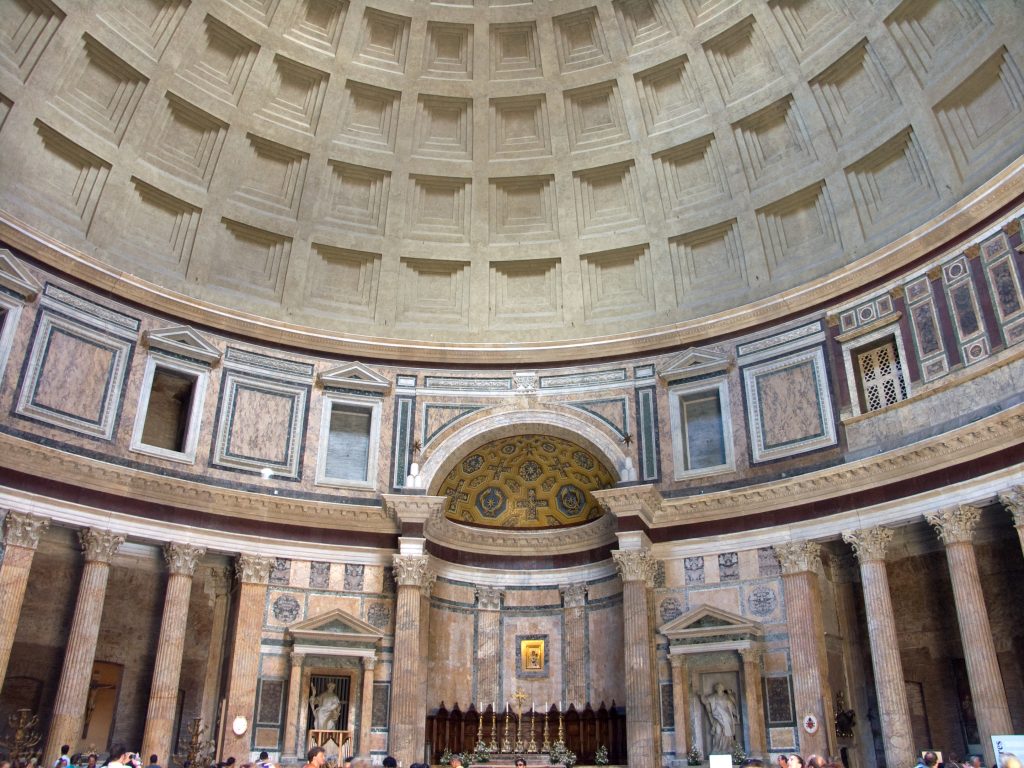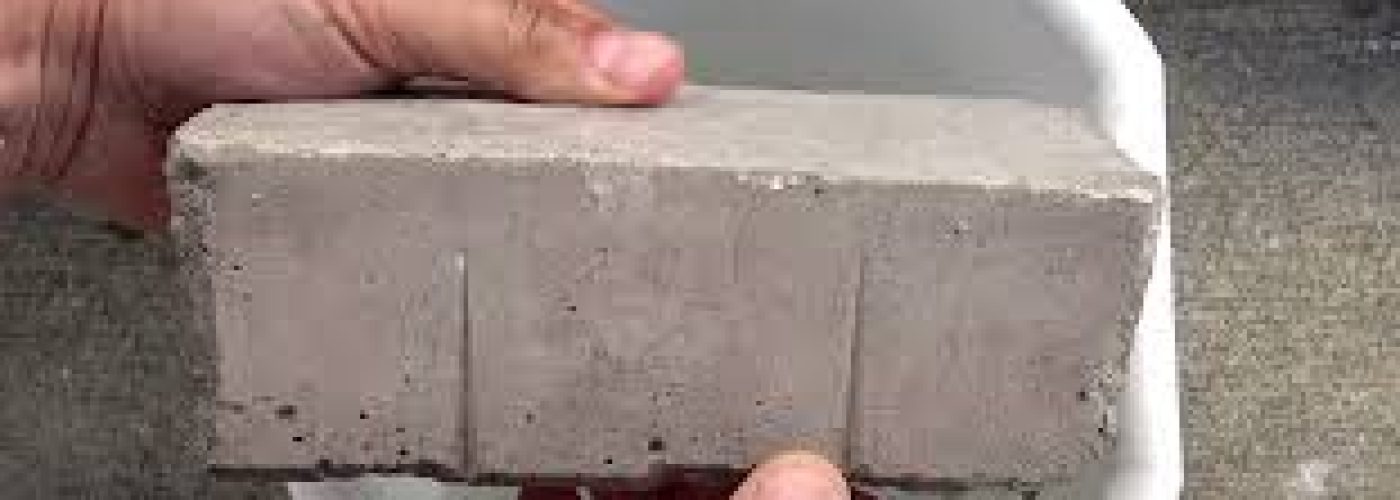Roman concrete is an engineering marvel known for its longevity and strength. It has persisted for thousands of years, with complex structures like aqueducts remaining largely intact. So, why do modern engineers and construction professionals use different tactics? Recent research has given industry professionals a new understanding of Roman concrete composition that could revolutionize today’s construction practices.
The Revealed Secrets of Roman Concrete Recipes
In 2023, MIT researchers revised everyone’s assumptions about Roman concrete. It typically contains a mix of quicklime, water and a volcanic ash called pozzolana. However, analysts discovered the concrete contained calcium clasts, which could have been a by-product of ineffective mixing equipment or human error. In verifying these guesses, MIT experts discovered the chunks were intentional.
Previously, engineers thought Romans created slaked lime by mixing quicklime and water and adding that to concrete. After extensive testing and imaging, they determined the 2,000-year-old samples had their structure because Romans used hot mixing.
They added quicklime to a high-temperature pozzolana-water mix, which made all the difference. Compounds behave differently, change curing requirements and hastens reactions. The clasts also self-heal the concrete by filling cracks with calcium carbonate over time.
Today, professionals rely on cement alongside water and aggregate as concrete’s primary ingredients. The cement is a binder, serving a function similar to calcium for the Romans. These insights could improve construction with more durable concrete.
The Lessons Learned From Recent Discoveries
Modern Portland cement has been the industry standard for forging concrete for centuries. However, it does not have the self-healing properties of Roman varieties. What can construction workers, architects, engineers and material experts glean from this study?
Self-Healing Equals Sustainability
Portland cement cracks are unrepairable. This newly revealed recipe could mend cracks within weeks, saving construction workforces hours of demolition and reinstallation efforts. Waste generation would drastically reduce because concrete would require fewer replacements. Cutting concrete waste would alleviate burdens on local habitats, as debris causes water, soil and air pollution.
Additionally, the self-healing calcium is like an automated binding agent, which could be a focal point in establishing climate resilience in future buildings.
Maintenance Could Be Less Time-Consuming
Incorporating self-healing elements in concrete means construction experts would spend less time tending to or replacing broken structures. The demand for industrial and residential buildings is at an all-time high globally.
Labor shortages make workers unable to match current needs. Innovative recipes give workers more time to devote to new construction and retrofits that could heal the housing market as much as concrete cracks.
Mixing Order Matters
This study proved the importance of incorporating ingredients into the concrete mix in the correct order. Temperature is influential, too. A smart, patient recipe could enable bridges or foundations to resist seismic activity and stand for centuries longer than modern concrete.
Researchers must continue experimenting with variations of classic techniques to see how a few variables could enhance quality and durability.
Asking Questions Yields Results
After this discovery, many professionals admitted they never considered the clasts in concrete. Many assumed it was poor craft or another reason. These suppositions led to years of misinformation in the construction sector.
If researchers and contractors asked more questions, numerous concrete-based structures could have better chemical resistance and structural reinforcement.
The MIT experts learned to trust ancient wisdom, giving construction more security in the coming years.
A Roman Retrofit
MIT’s discovery should inspire cement and concrete makers to rewrite their recipes. Construction outfits ramping up sustainability initiatives will advocate for it because it saves many carbon emissions. It also puts less stress on natural resources by reducing the amount of concrete the world needs to facilitate urbanization and infrastructure development. Stakeholders must recognize the value of classical methods for futureproofing the industry.






